Live Cleaner: Non-Toxic Stain Removers for Eco-Friendly Homes
Chosen theme: Non-Toxic Stain Removers for Eco-Friendly Homes. Welcome to a breathable, family-safe approach to stain removal—where effective, planet-conscious ingredients meet practical routines and real-life stories. Dive in, ask questions, and subscribe for fresh tips that keep your clothes bright and your air pure.
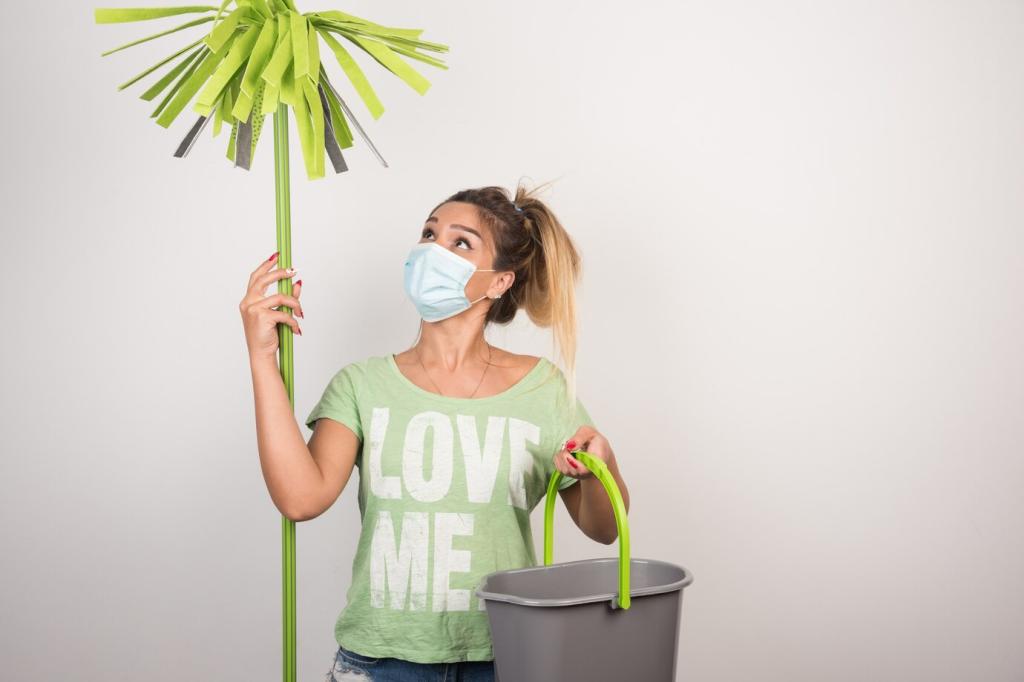
Why Non-Toxic Stain Removers Matter
Conventional stain removers can release volatile organic compounds that irritate lungs and skin, especially for babies, pets, and allergy-prone family members. Non-toxic options reduce indoor pollutants while still tackling messes. Comment with your biggest health concerns, and let’s find clean solutions together.
Modern, non-toxic stain removers leverage biodegradable acids, mineral boosters, enzymes, and plant-based surfactants to lift stains without leaving harmful residues. They protect waterways and wildlife while respecting your fabrics. If eco-results matter to you, subscribe for ingredient spotlights and testing updates.
When cranberry juice soaked our light linen sofa, a simple mix of plant-based soap and diluted vinegar saved the day—no fumes, no headaches, no lingering perfume. That success kick-started our non-toxic journey. Share your breakthrough story; it might inspire someone to switch today.

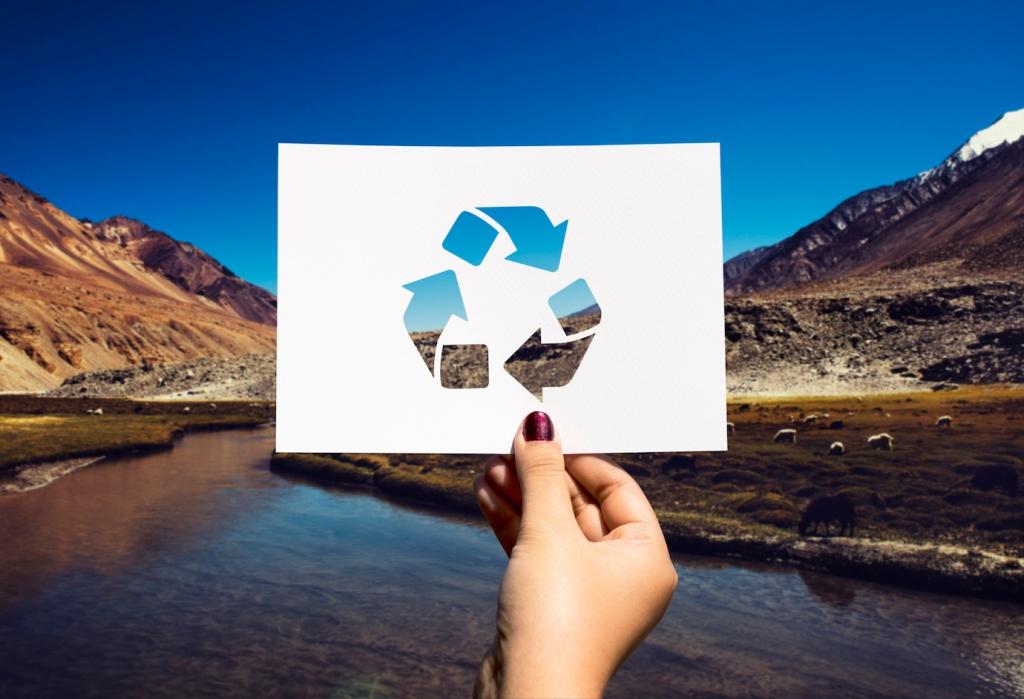
Ingredients to Trust in Non-Toxic Stain Removers
A gentle abrasive and natural deodorizer, baking soda helps lift oils and neutralize acidic odors without scratching fibers. It pairs beautifully with castile soap for spot-cleaning collars and cuffs. Tried it on sneakers or cutting boards? Tell us what worked best for you.
Ingredients to Trust in Non-Toxic Stain Removers
Mild acetic acid in white vinegar breaks down alkaline residues and light mineral stains, reduces odor, and helps release soap scum. Always dilute and spot-test for colorfastness. Curious about ratios and fabric safety? Subscribe for our printable dilution guide and stain matrix.
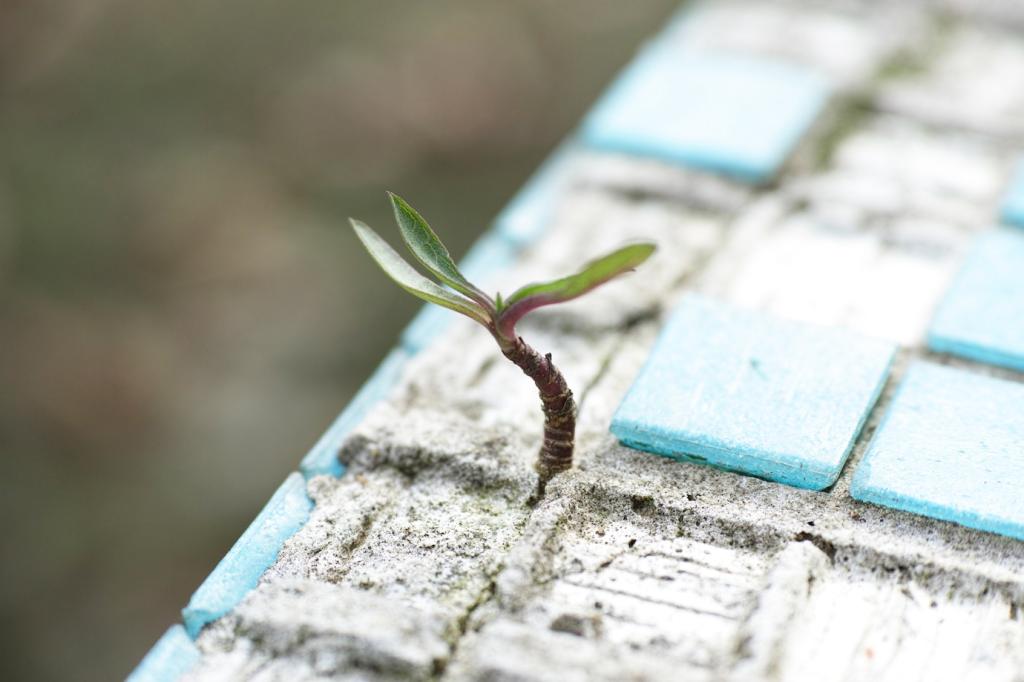
Red Wine on Cotton
Blot immediately with a clean cloth, then sprinkle baking soda or salt to draw moisture. Rinse with cool water, apply a plant-based soap, and finish with an oxygen bleach soak if needed. Always test darker dyes first. Share your before-and-after wins to encourage new readers.
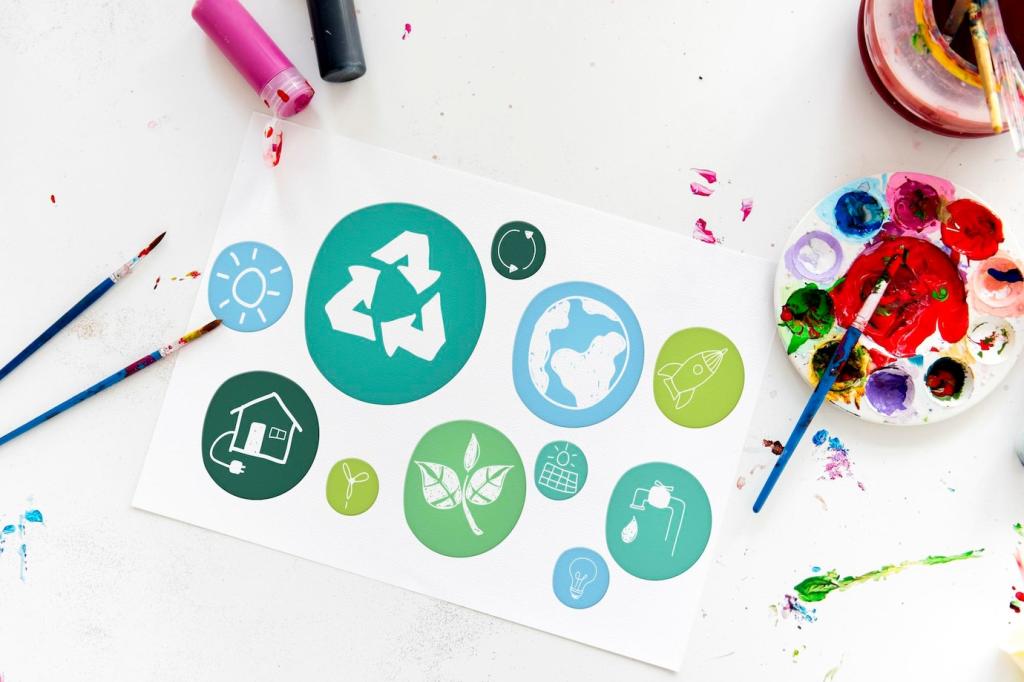
Grass Stains on Kids’ Jeans
Grass pigments bond with fabric, so use an enzyme-based pre-treatment and a gentle scrub with a soft brush. Rinse cool, then launder warm if the fabric allows. Repeat rather than over-scrubbing to preserve fibers. Post your weekend playtime rescues and help other parents breathe easier.
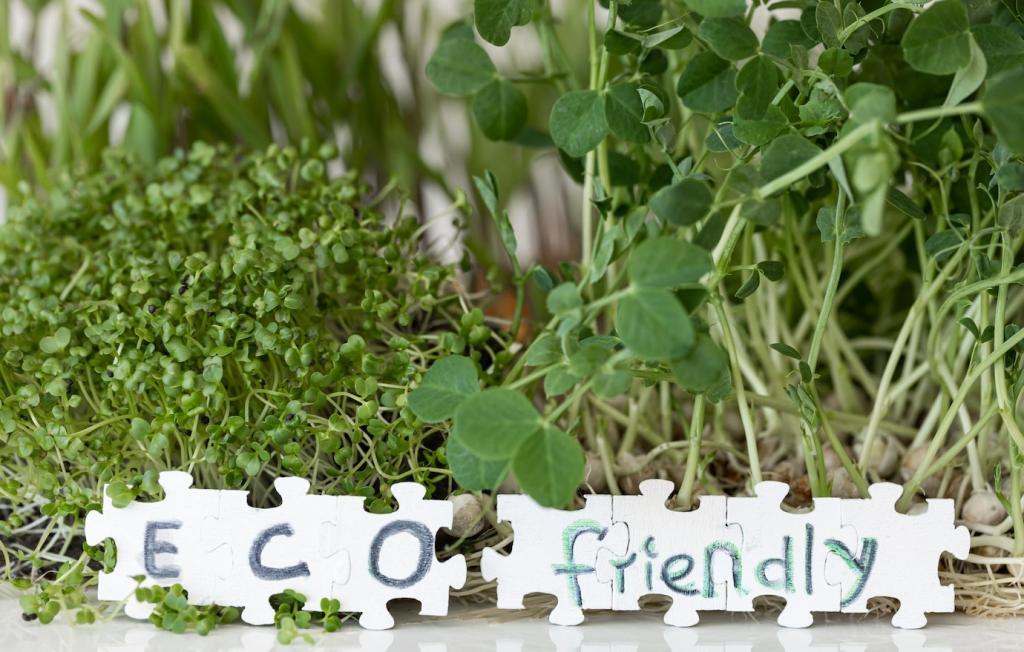
Coffee on Upholstery
Blot, never rub. Apply a mix of cool water and a few drops of castile soap, lift with a microfiber cloth, then neutralize lingering smell with a light vinegar solution. Avoid soaking foam cushions. Got a tricky fabric blend? Ask below and we’ll suggest a gentle approach.
DIY Formulas for Eco-Friendly Homes
Combine distilled water, a teaspoon of liquid castile soap, and a small splash of grain-derived ethanol to aid lift and quick drying. Shake gently, mist stains, and blot. It’s light, effective, and low-odor. Want our printable label template? Subscribe and we’ll send it right over.
DIY Formulas for Eco-Friendly Homes
Mix oxygen bleach powder (sodium percarbonate) with warm water to form a paste. Apply to whites or colorfast items, wait ten to fifteen minutes, then rinse. It releases oxygen to brighten without chlorine. Share your laundry transformations and help expand our community stain gallery.
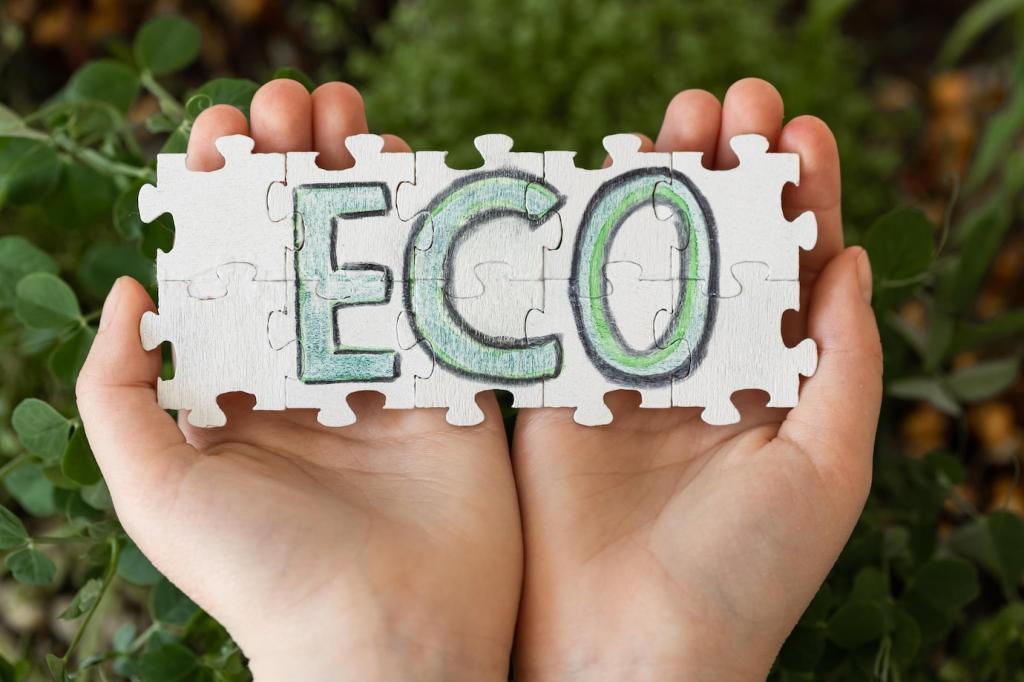
Smart Tools and Habits That Save Fabrics
Rubbing drives pigments deeper and frays fibers. Use a white microfiber cloth to blot, flipping to a clean side often. Work from the outside of the stain inward. If this rule saved your shirt before an interview, share the story and cheer someone’s next big day.
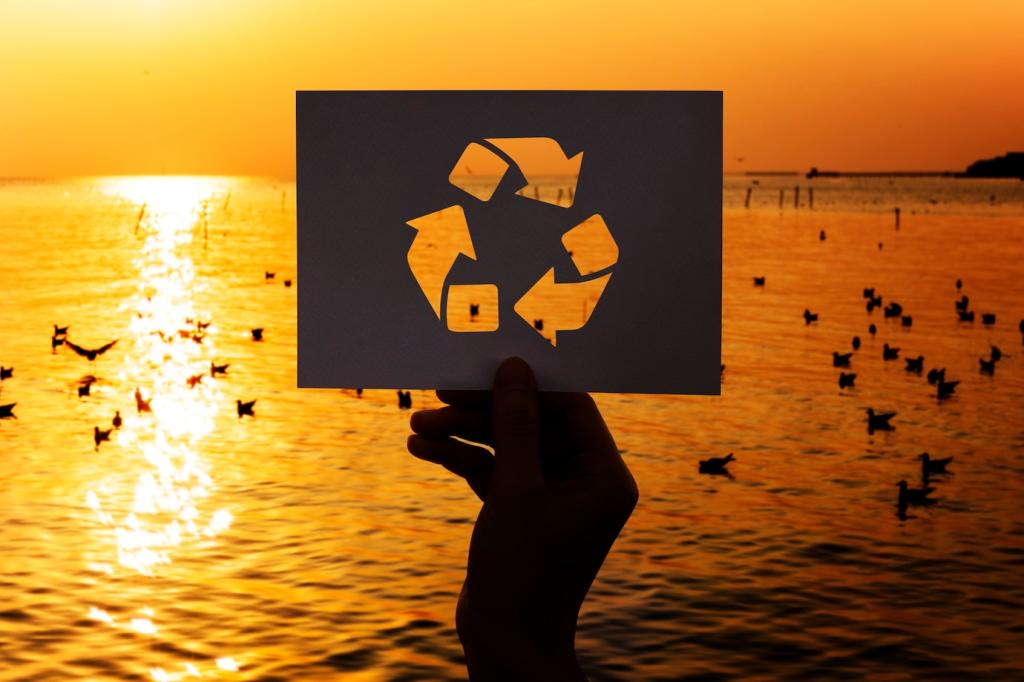
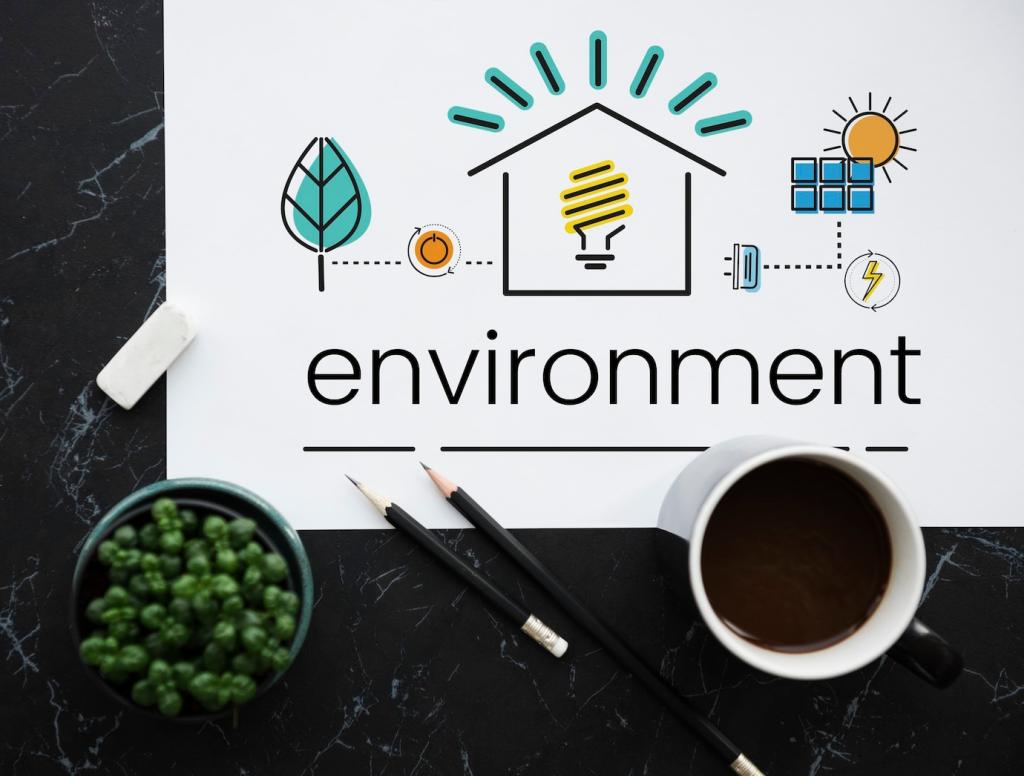
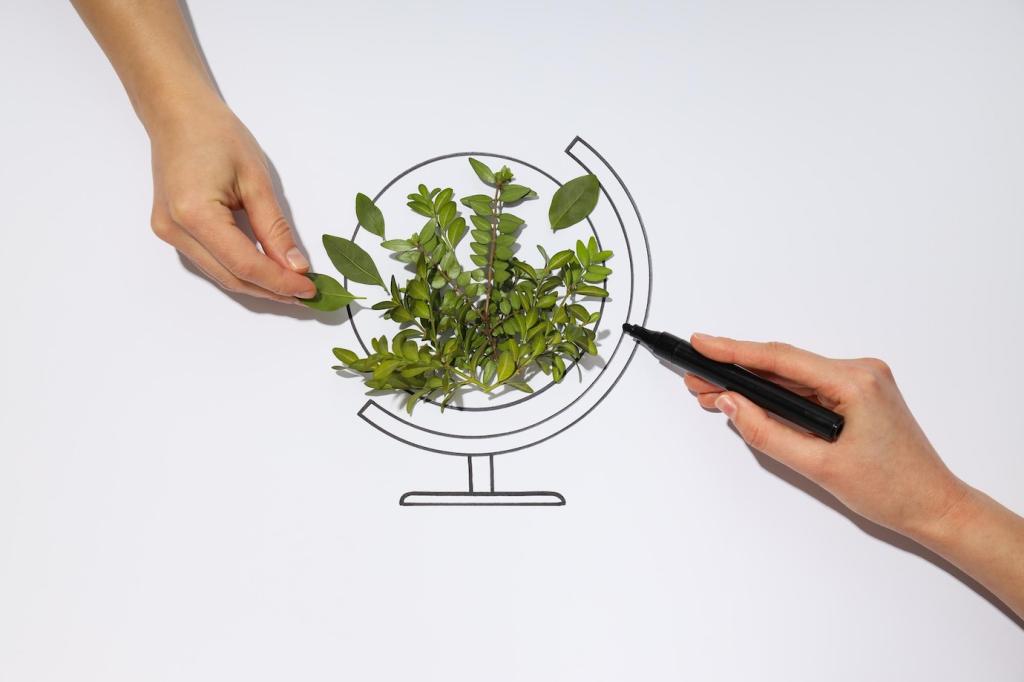
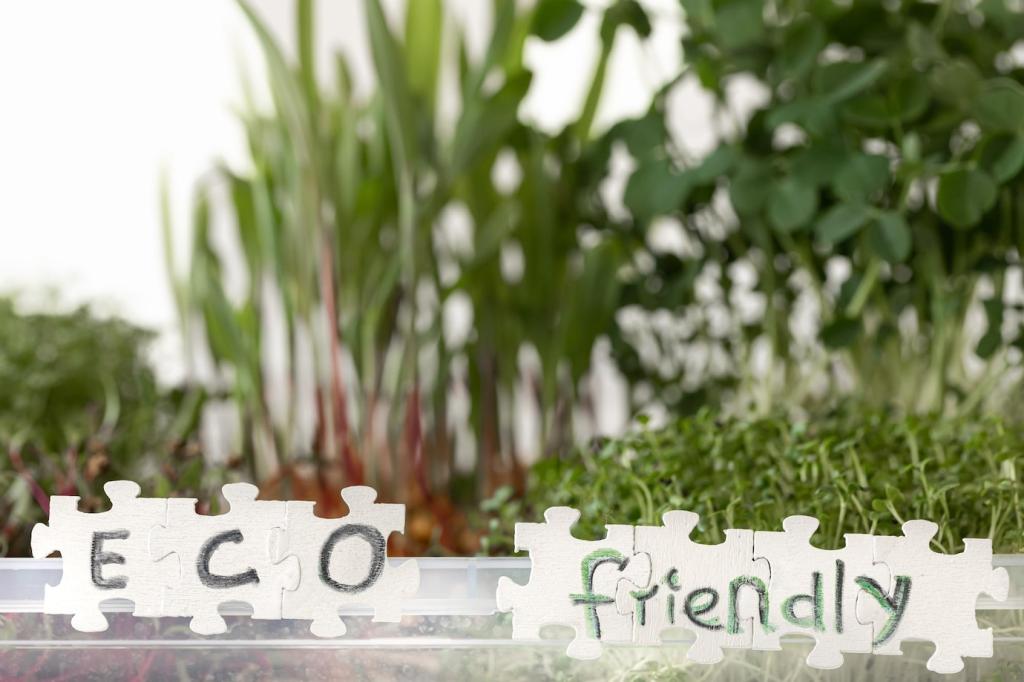
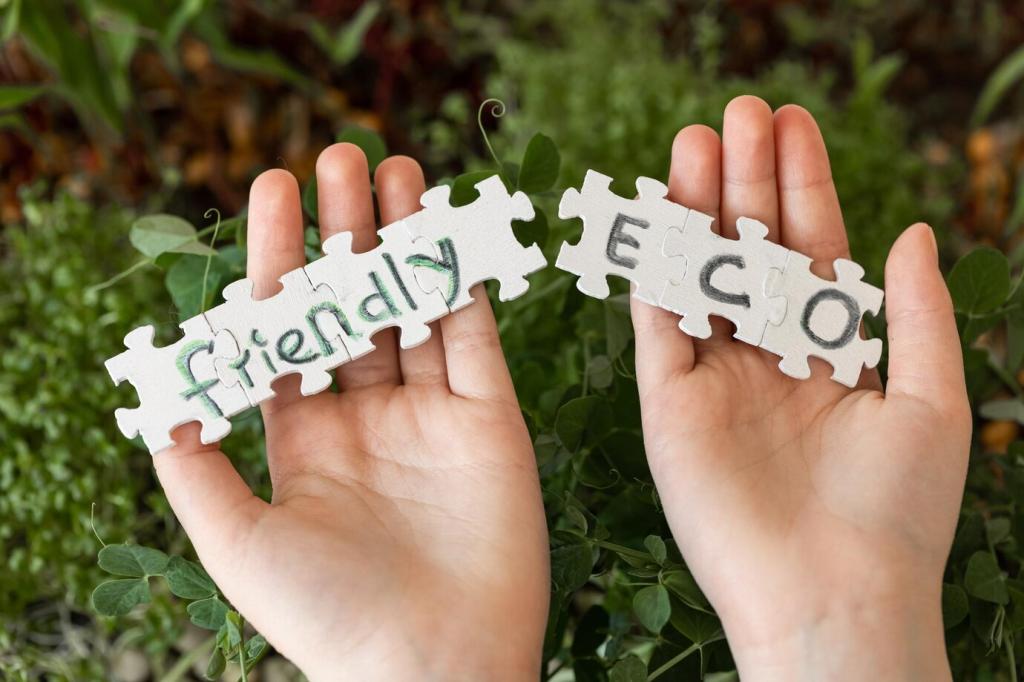
Troubleshooting Tough Situations
Always test on an inside seam with your chosen solution and a cotton swab. Wait until dry before proceeding. This 60-second habit prevents dye bleed disasters. Share a time testing spared your favorite piece, and motivate others to slow down before acting.
Troubleshooting Tough Situations
For old stains, pre-soak in cool water with an enzyme cleaner or oxygen booster, then launder according to care tags. Repeat gentle cycles rather than escalating harshness. Sunlight can assist on whites. Got a stubborn case? Drop details below for tailored, non-toxic coaching.
